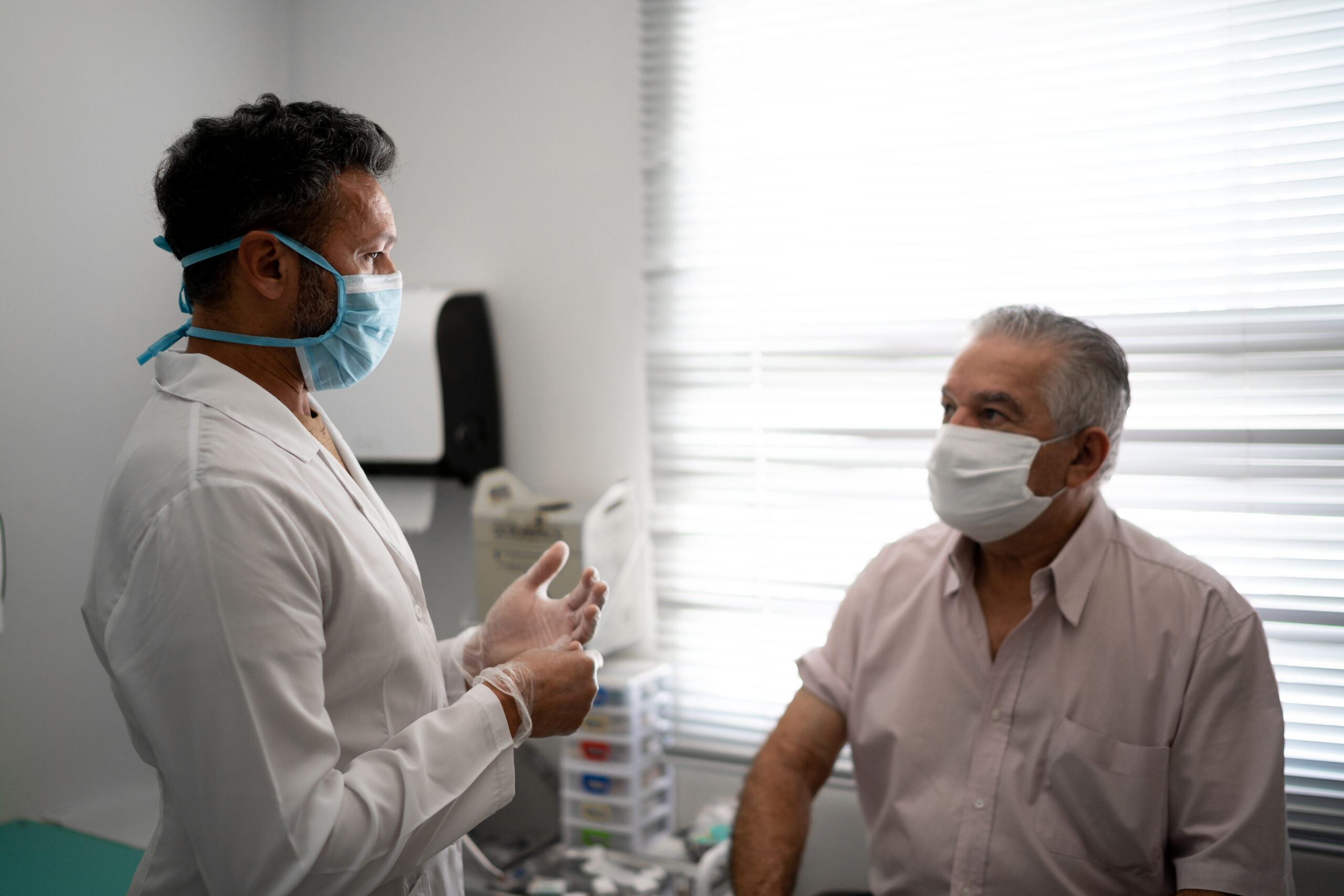In health care circles, primary care is akin to mom and apple pie. Everyone says they love it.
And rightly so; there is a mountain of scientific evidence proving its virtues. Research shows that people who receive primary care are significantly more likely to get preventive care like cancer screenings, flu shots, and counseling related to eating well, exercising, and quitting smoking. Patients with better access to primary care exhibit better health outcomes and management of chronic diseases like diabetes and asthma. And primary care saves money; better access to it is associated with fewer hospital visits, fewer emergency department visits, and fewer surgeries.
The National Academies of Sciences, Engineering, and Medicine’s Committee on Implementing High-Quality Primary Care recently put it this way:
Primary care is the only health care component where an increased supply is associated with better population health and more equitable outcomes. For this reason, primary care is a common good, which makes the strength and quality of the country’s primary care services a public concern.
There is widespread consensus: primary care is good for our health and good for our checkbooks, and we need more if it, especially in underserved and low-income communities.
And yet, our country — and New York State — consistently underinvests in and undervalues primary care. Primary care represents only an estimated 5–7% of health care spending in the United States. And although New York’s overall health care spending is consistently among the highest in the nation, our spending on primary care is below average. That may be one reason that New York lags other states on health measures like cardiovascular deaths, diabetes, health disparities, and physical inactivity.
It’s often said that “you get what you pay for.” Clearly, we are spending too little on the right things, and too much on things that do not provide as much value. We need to rebalance our health care system to emphasize primary care. And we need to put our money where our mouth is by devoting a greater proportion of the health care spend to primary care services.
States are getting the message. Nearly a dozen have introduced or enacted policies to invest more in primary care:
- Rhode Island led the way when it set a target of increasing the share of commercial insurer primary care expenditures by 5% over a five-year period. Over the same period, the State’s total expenditures fell by 14%.
- In Oregon, legislation requires that primary care spending increase by 1% annually, with a goal that primary care account for 12% of total spending by 2023.
- In Massachusetts, the governor introduced legislation to increase spending for primary care and behavioral health services by 30% over three years.
New York is poised to join this growing national movement. Legislation is now pending in the State Senate and Assembly to strengthen and invest more in primary care without increasing the total cost of health care. Those bills would establish a primary care reform commission to review the level of spending on primary care relative to all health care spending by all payers, report annually, and make recommendations to rebalance spending toward primary care.
It’s the same path taken by other states. First things first: agree on a definition of what is included in primary care. Then, decide on a precise way to measure primary care spending. Personally, I prefer using billing codes as an approach because it is agnostic about both where the care takes place and who is providing it. It matters less if the setting is a hospital, clinic, doctor’s office, or urgent care center. It matters less if it is a doctor, nurse practitioner, nurse, or other provider delivering the care. What matters most is the care received by the patient. Once we have a baseline measurement, we can decide the best ways to increase the proportion of health care dollars that goes to primary care services.
While other states provide models and options, New York will find its own way. What’s worked in other, smaller states to reallocate resources toward primary care may be more challenging in a state with a health care system as large and complex as New York’s. The COVID-19 pandemic has left primary care in an even more delicate position. In the early months, ambulatory care visits were down by 60% and many primary care practices had to furlough or lay off staff, or even close their doors. And we’ve yet to see the full impact of what delayed primary care will mean for New Yorkers’ health and for health care costs down the road.
As we work our way out of the pandemic, we don’t need to go back entirely to the old way — because that wasn’t good enough. We spent a lot on health care without getting sufficient value. This can be a positive inflection point to rebalance the system and spending to get our full money’s worth. As a colleague recently told me, “let’s not just do it; let’s get it done.”
By David Sandman, President and CEO, New York Health Foundation
Published in Medium on June 8, 2021


